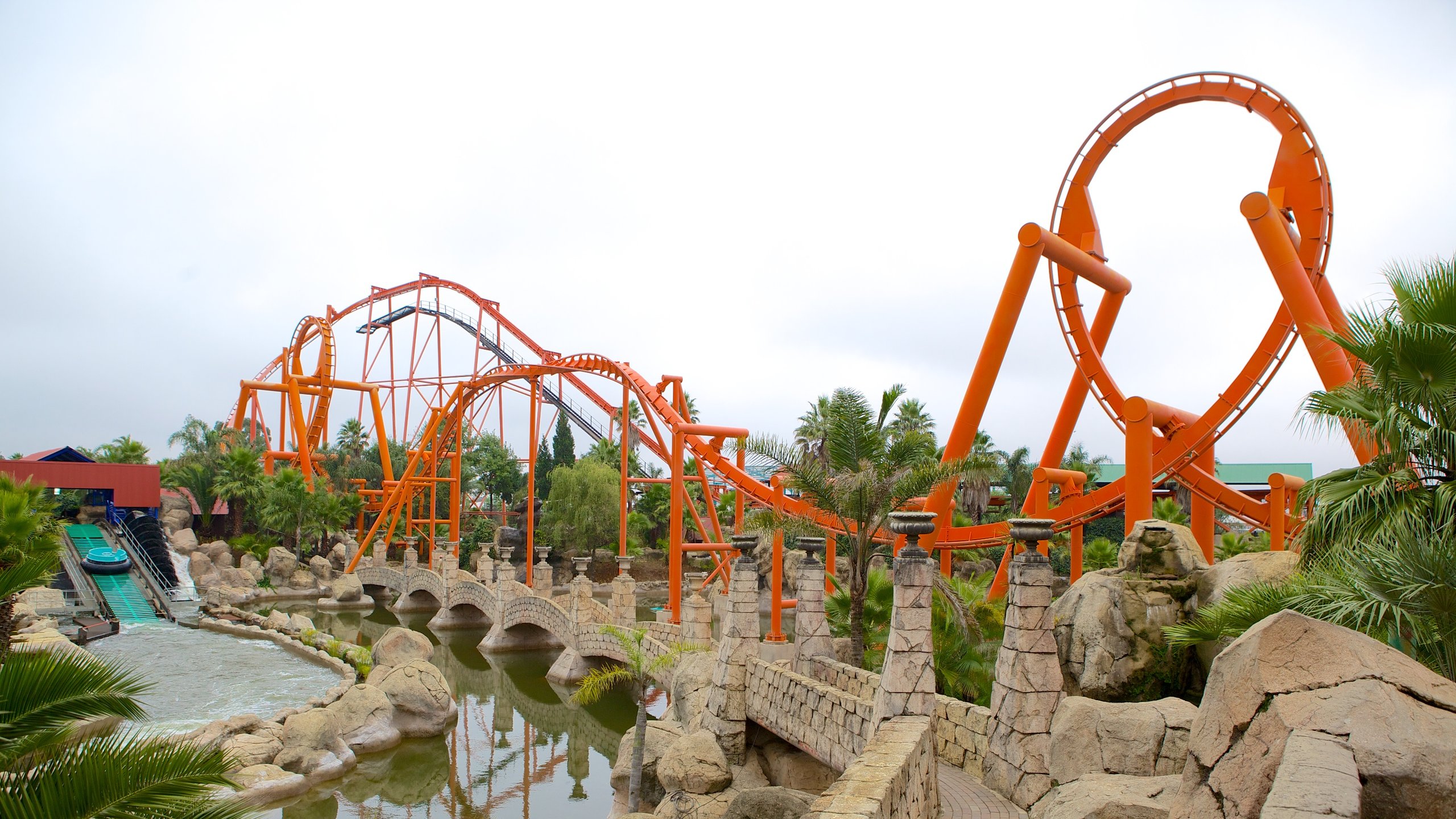The 4-Minute Rule for Johannesburg North Attractions
The 4-Minute Rule for Johannesburg North Attractions
Blog Article
The 5-Minute Rule for Johannesburg North Attractions
Table of ContentsFascination About Johannesburg North AttractionsJohannesburg North Attractions Things To Know Before You BuyNot known Factual Statements About Johannesburg North Attractions The Facts About Johannesburg North Attractions RevealedJohannesburg North Attractions Fundamentals ExplainedThe Ultimate Guide To Johannesburg North Attractions
The city expanded on the edge of the Witwatersrand Main Reef, a below ground stratum of gold-bearing quartz-silica conglomerate that arcs for hundreds of miles under the Highveld - Johannesburg North attractions. Many of the gold mines in the city stopped operation in the 1970s, however in its day the Witwatersrand gold sector accounted for more than 40 percent of the globe's yearly gold production.Johannesburg has a pleasant climate. Summer temperatures balance about 75 F (24 C); winter temperature levels balance concerning 55 F (13 C) and only sometimes dip listed below cold. The city enjoys regarding eight hours of sunlight each day in both winter months and summer. Rainfall standards concerning 28 inches (700 millimetres) per year, however the overall varies substantially from year to year.
What rain the city obtains falls almost solely in the summer season, typically in magnificent late-afternoon electrical tornados. Air contamination poses a substantial problem, especially in the winter season months, when thermal inversions hamper the westward circulation of air from the Indian Sea. Pollution is most serious in the largely worked out Black townships on the city's perimeter, where lots of residents still count on coal for gas.

The smart Trick of Johannesburg North Attractions That Nobody is Discussing
The balance of the city is inhabited by whites. Holiday accommodation differs in character and top quality. Soweto is notorious for its endless rows of municipally built, two-room matchbox homes, yet it additionally has a few flourishing territories along with bristling squatter camps, where 10s of thousands live without water, electricity, or hygiene centers.
Physical development, although rather restricted by transportation, continued promptly as immigration to South Africa, and Johannesburg in specific, increased substantially.
A lot of poor suburbs were blended, with bad blacks and whites cohabiting, although the rich suburbs were typically booked for whites. This changed with the political election of the National Event in the 1948 political elections, who began to formalise the system understood as racism. Discrimination officially marked which residential areas each race can live in under the Team Areas Act.
The estimated population of the region is 200,000, [] this however the number of people living in the internal city on a casual basis is unknown, as several are illegal immigrants. Most higher-income citizens and white individuals have actually relocated to the northern residential areas and have been replaced by lower-income black individuals. The unemployment, education, and age accounts of the area are all unknown, as a result of the difficulty of acquiring trusted information concerning the location.
Johannesburg North Attractions Fundamentals Explained
Centred on the CBD, the area consists of the suburban areas of Yeoville, Bellevue, Troyeville, Jeppestown, and Berea to the east. To the west it spreads to Pageview (Johannesburg North attractions) and Fordsburg. There are tiny industrial parks to the south, such as City West-Denver and Benrose. Around 800,000 commuters go through the inner city daily, and it functions as a local purchasing node for site visitors from the southerly residential areas. Yeoville and Full Article Bellevue have a mix of home buildings and solitary property units on little great deals. The region is situated on a hilly divide that runs from east to west.

Everything about Johannesburg North Attractions
The eastern suburbs are some of the oldest areas of Johannesburg, there are large areas of Jewish and various other European backgrounds, the bulk of the populace is English speaking. There are 3 golf courses as well as a number of safeguarded ridges with viewsites.
Initially constructed to house male migrant workers, several have actually been enhanced as homes for pairs and families. The residential area was not historically allowed to develop employment centres within the area, so practically all of its citizens are commuters to various other parts of the city.
Not known Details About Johannesburg North Attractions
The N1 Western Bypass attaches the north suburban areas with the north-western suburbs. The houses in the northern suburbs are mostly formal, without considerable locations of informal housing, or real estate that lacks a permanent framework. This is a well established area, there is a trend of land use change from property to industrial, particularly along major arterial roads and around established nodes.
Roads to the east and west are much less well created, as there are no freeways travelling in that direction. In the direction of the northern boundary of the city, the density of growth reduces, leaving big locations of primitive land around Midrand.
Rumored Buzz on Johannesburg North Attractions
The very first residential area to the north of the central city is Parktown, which lies on a hill neglecting the internal city and Hillbrow. It has lots of affluent locals and Edwardian-design manors, in addition to the Education visit their website and learning and Clinical campuses of the University of the Witwatersrand. The huge concrete Charlotte Maxeke Johannesburg Academic Medical Facility controls the horizon of Parktown.
Report this page